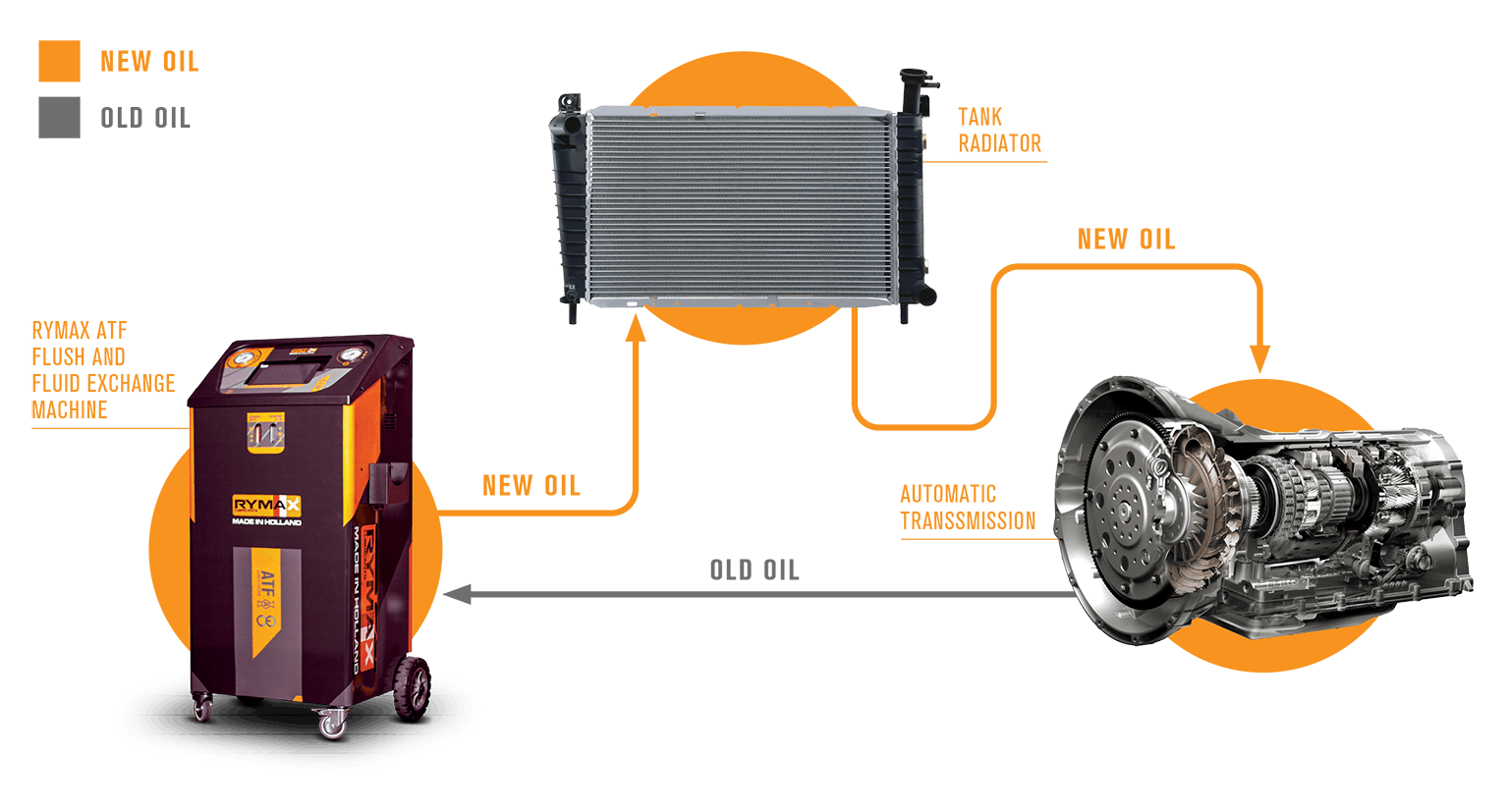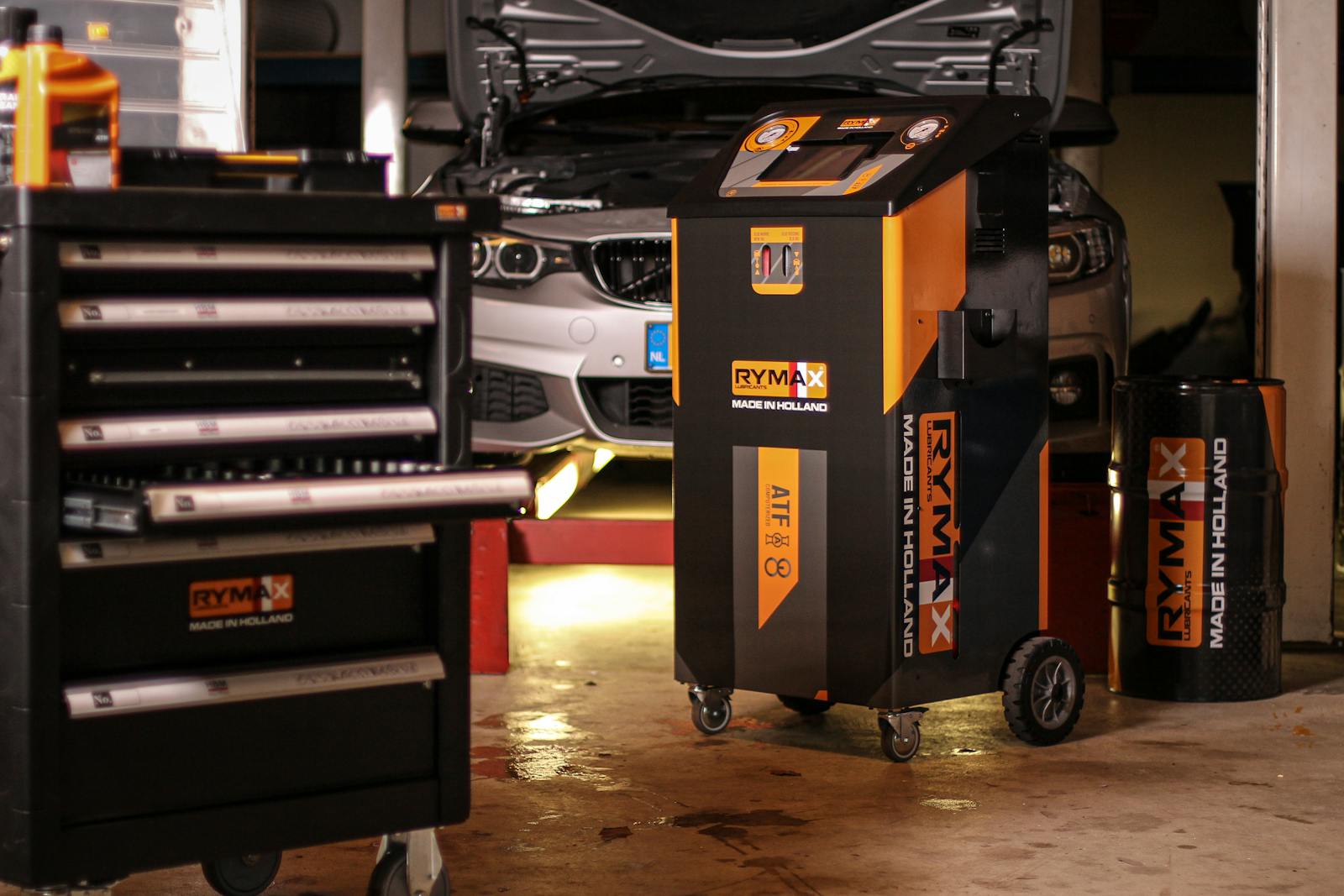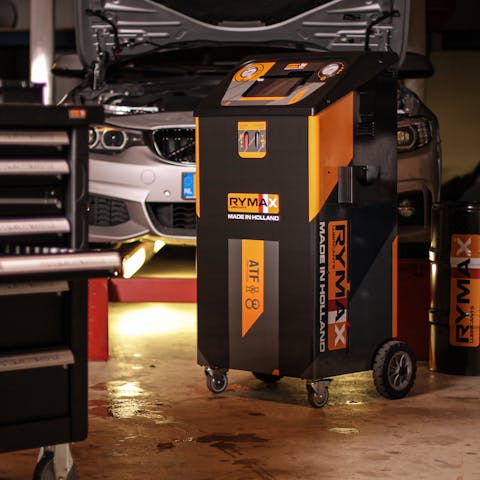In simple words, it is responsible for adjusting the gear ratios between the engine and wheels while maintaining the balance of appropriate speed and power from the engine. Rymax offers a wide range of transmission fluids in automatic, manual, CVT and DCT to give the best performance for your vehicle.
What could be possible indications that your transmission fluid is low?
- Checking the fluid on your dipstick will give you an idea about the colour. Most of the ATFs are red in colour. If the colour is otherwise; it means there is a high chance of foreign elements in the fluid.
- Checking your vehicle temperature gauge will give you an idea about the load that your system is working. In general, the transmission will generate heat which converts to high temperatures which can be seen in your system. But if the temperature gauge indicates a high level frequently, it means that there is a leak in the system.
- Gear slippage issues. Transmission fluid helps the vehicle to regulate the hydraulic pressure in the system which in turn makes sure the wheels are in motion. When the fluid is low, the vehicle fails to generate the hydraulic pressure required which is known as gear slippage. This leads to delayed acceleration while driving. The uneasy feeling of driving your vehicle will be noticeable when you experience this.
These are the main common issues that could occur. To keep in mind, when the transmission fluid is low, it ultimately means that there is some sort of leak happening. The leak itself could be due to mechanical part failures like faulty seals, drain plugs or even pan gaskets. But can it be fixed especially with low fluid issues? Yes, through transmission maintenance. But they are two types of transmission maintenance that could be the solution. One is replacing the transmission fluid and the other is doing a transmission flush change.
But what is the difference between a transmission fluid change and a transmission flush? Before going into the differences, it is important to understand what a transmission flush is. Recently Rymax introduced the ATF flush machine to the portfolio for this very purpose. A transmission flush is a process to remove the old ATF, dirt in the system, and replace it with new ATF. If not removed fully, foreign elements can in time create sludge deposits which will be harmful to your vehicle’s system. But why not just replace the transmission fluid instead of flushing?
A transmission flush cleans the entire transmission right from the fluid to the foreign deposits using a flush machine. After that the transmission pan is cleaned and the filter is replaced. And lastly, new ATF is added in the system.

A transmission fluid change only replaces 50-65% of your transmission fluid. The fluid is drained without any special equipment. The pan is cleaned and the filter is replaced. Afterterwards, new ATF is added. Unlike the transmission flush, this maintenance will have the final result of your system having a mix of old and new ATF.
As you can see, the processes differ and this has a direct impact on how both these maintenances are done. In general, a transmission fluid change happens every 5.000-8.000km or every two years. But a transmission flush is done after 80.000-100.000km. This is a basic figure, always check your OEM maintenance manual and follow it accordingly.


